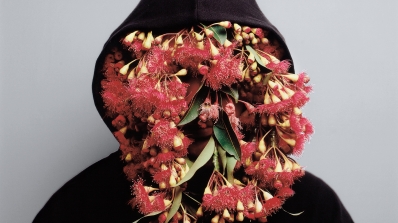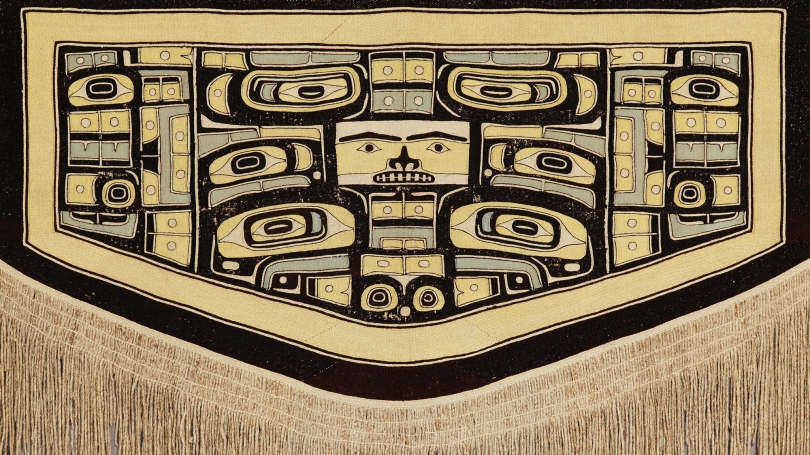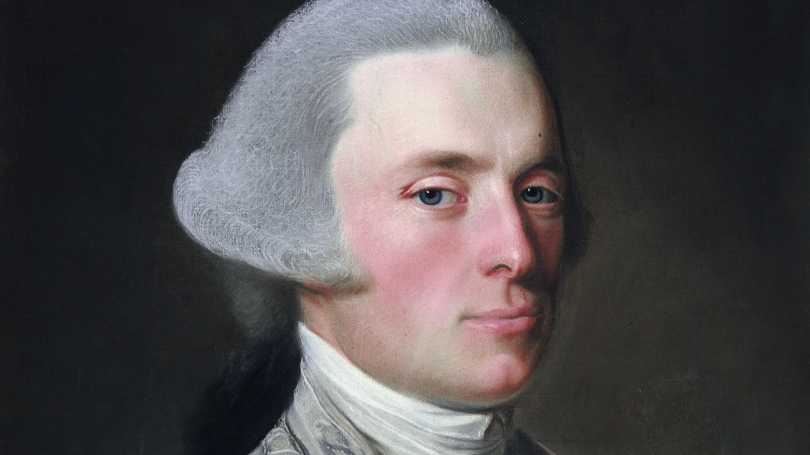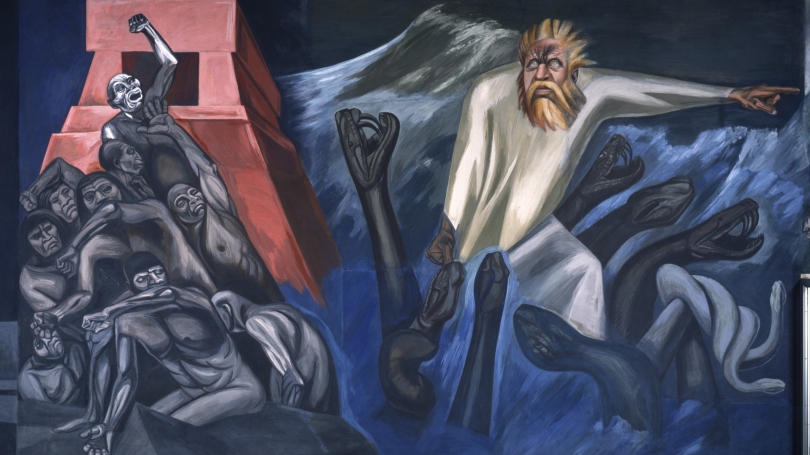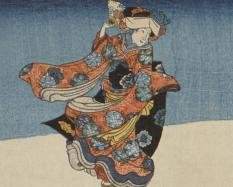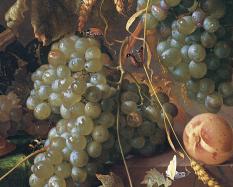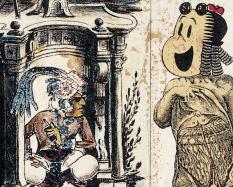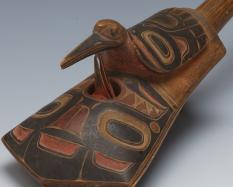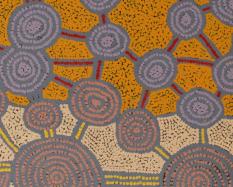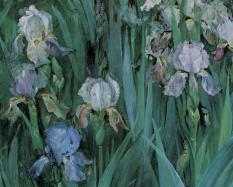The Collection
The collection encompasses important holdings of American, Native American, European, African, and Melanesian art, including a significant collection of indigenous Australian contemporary art and a major archive of photojournalism. Among the collection's greatest treasures are the ninth-century BCE Assyrian stone reliefs and the fresco mural cycle The Epic of American Civilization (1932-34), by José Clemente Orozco.
The study of objects, whether works of art, artifacts, or natural history specimens, has always been an integral part of the curriculum of Dartmouth College. The first reference to the development of a collection at Dartmouth dates to 1772, when Anglo-American scholar and missionary David McClure wrote to the first president of the College, the Reverend Eleazar Wheelock, that he had "collected a few curious Elephant Bones found about six hundred miles down the Ohio, for the young Museum at Dartmouth." While most of the natural history collections were transferred to a science museum before the Hood Museum of Art was built in 1985, there remains a diverse collection that allows the Hood, as a teaching museum, to respond effectively to the College's emphasis on experiential learning.
